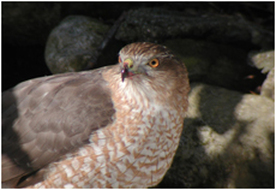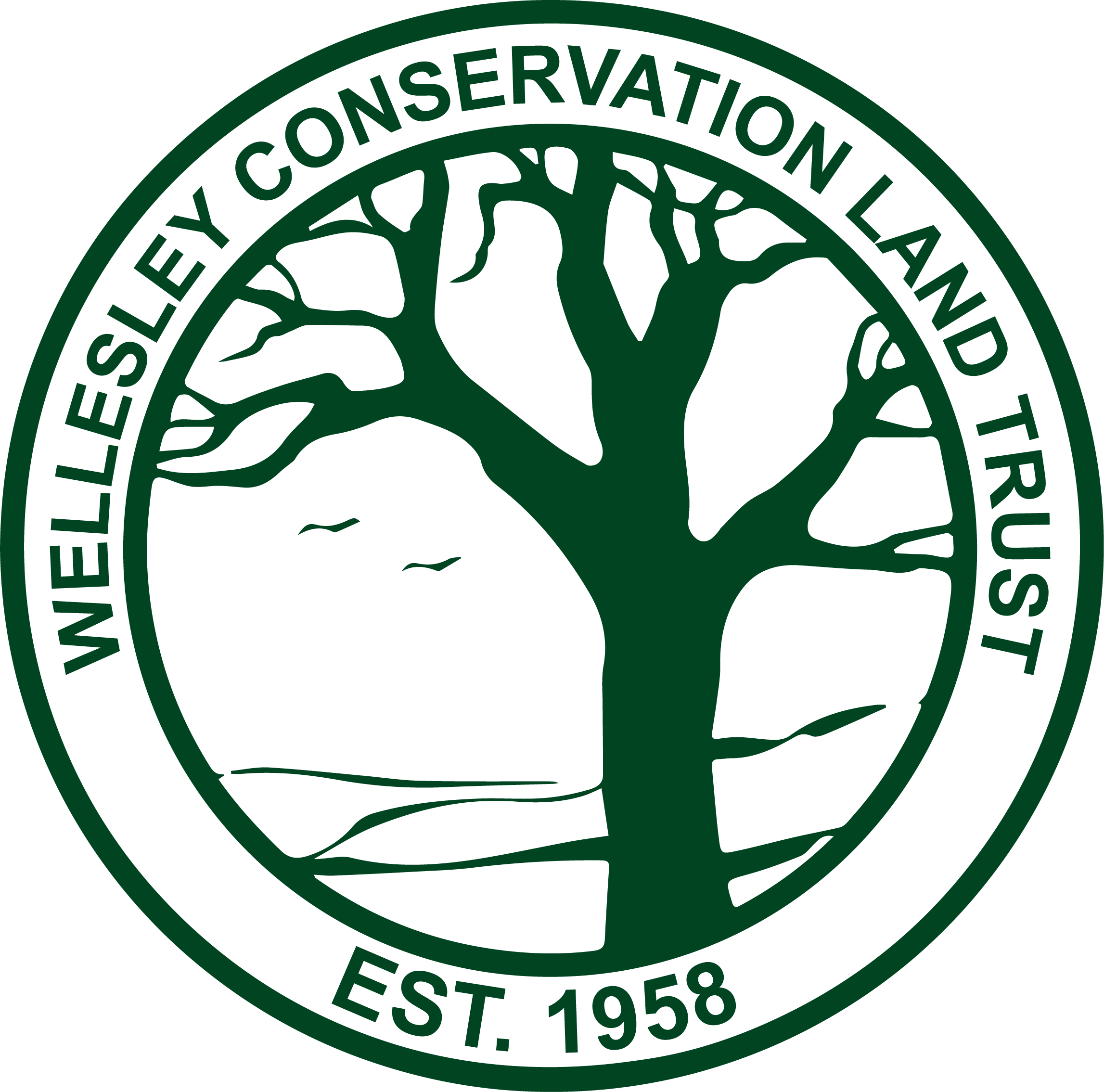
Presented by Tom Ricardi,
Massachusetts Bird of Prey Rehabilitation Facility

At the Massachusetts Bird of Prey Rehabilitation Facility in Conway, MA, Tom Ricardi has successfully bred and rehabilitated many of these raptors. This private, non-profit project’s function is the care and rehabilitation of birds of prey for eventual release back to the wild. Another function of the project is captive breeding in which permanently injured birds that cannot be released are used as breeding stock. Species such as bald eagles, kestrels and other falcons, barn owls, red-tailed hawks have produced offspring for the reintroduction to bolster the wild population.
In April 1989, an eagle hatched at the Massachusetts Rehabilitation Facility was placed in a wild eagle’s nest at Quabbin Reservoir in hopes that the adult eagles would accept the chick as their own. They did and by August the young eagles had fledged. The fostered eagle found a mate and has successfully produced families of her own ever since. This was the first official report of a captive-bred eagle nesting in the wild.
